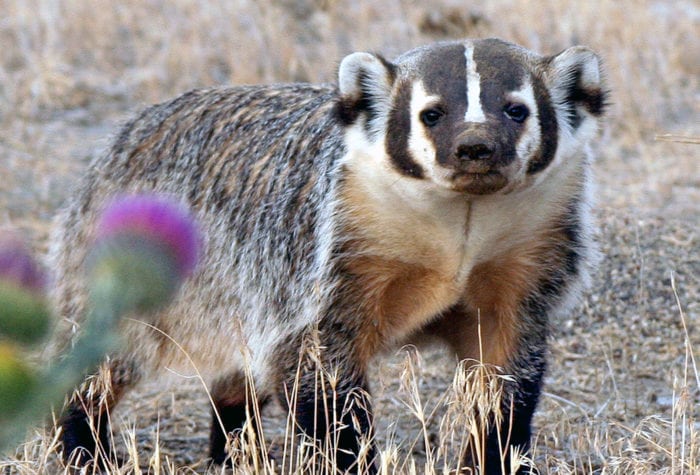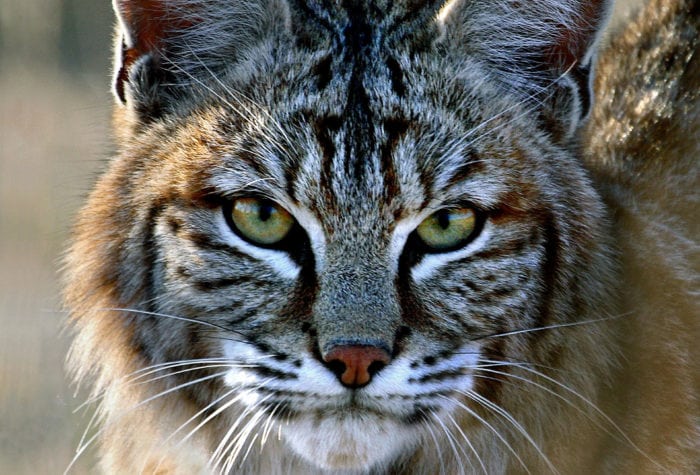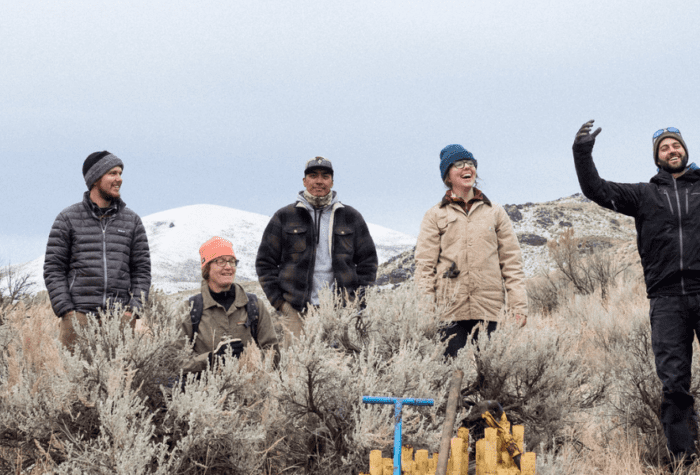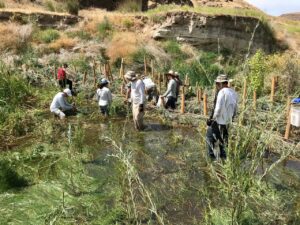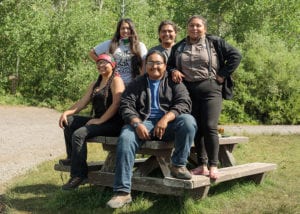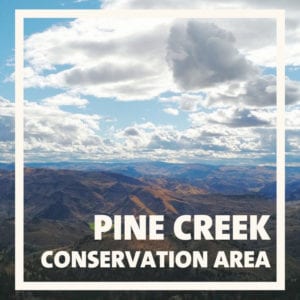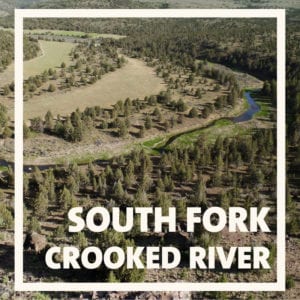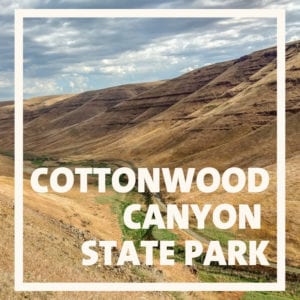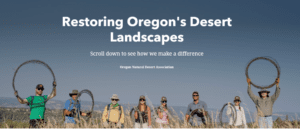Oregon Natural Desert Association sustains and enhances the health of Oregon’s high desert through stewardship and restoration.
ONDA takes a holistic approach to conservation in Oregon’s high desert, pairing on-the-ground stewardship with efforts to protect large landscapes. ONDA partners with public land managers, Native American Tribes, and conservation landowners to undertake science-based restoration projects to increase habitat resiliency and provide long-term benefits to desert lands and waters. While much of this landscape is beautiful and pristine in many ways, over time human actions have negatively impacted some terrain. Our stewardship work restores these areas.
